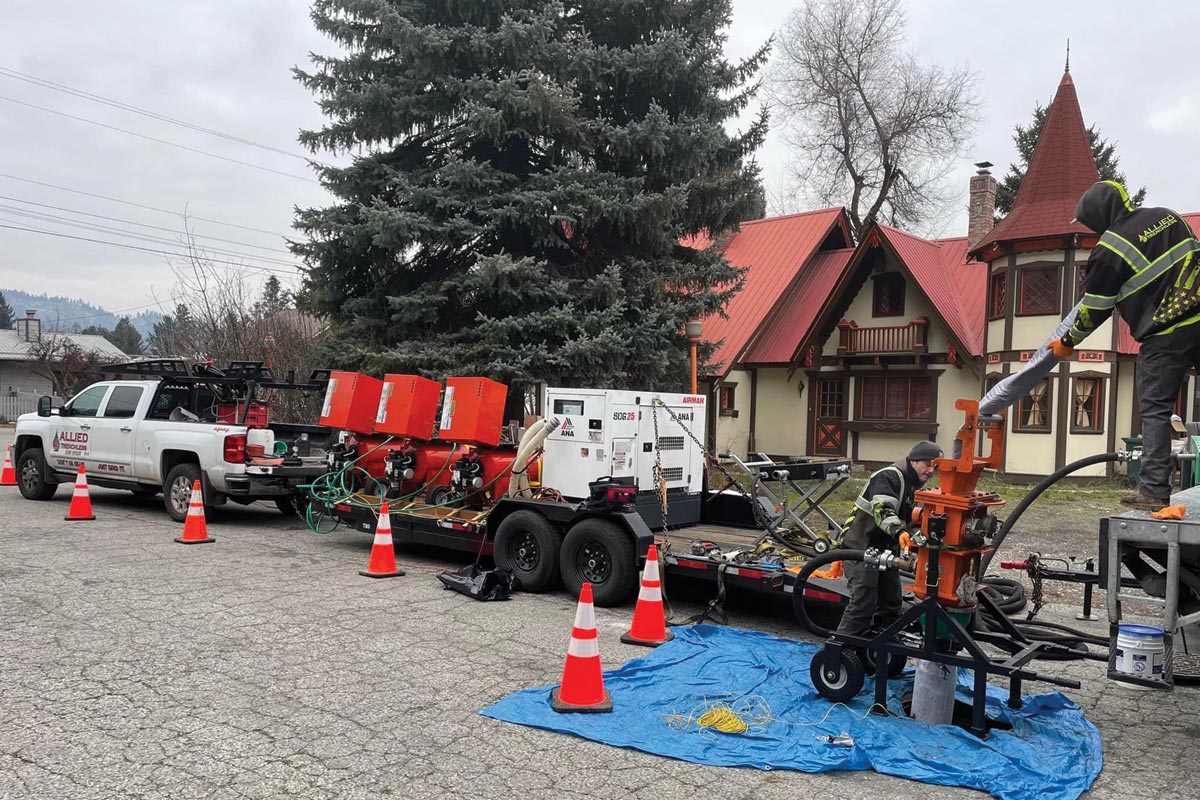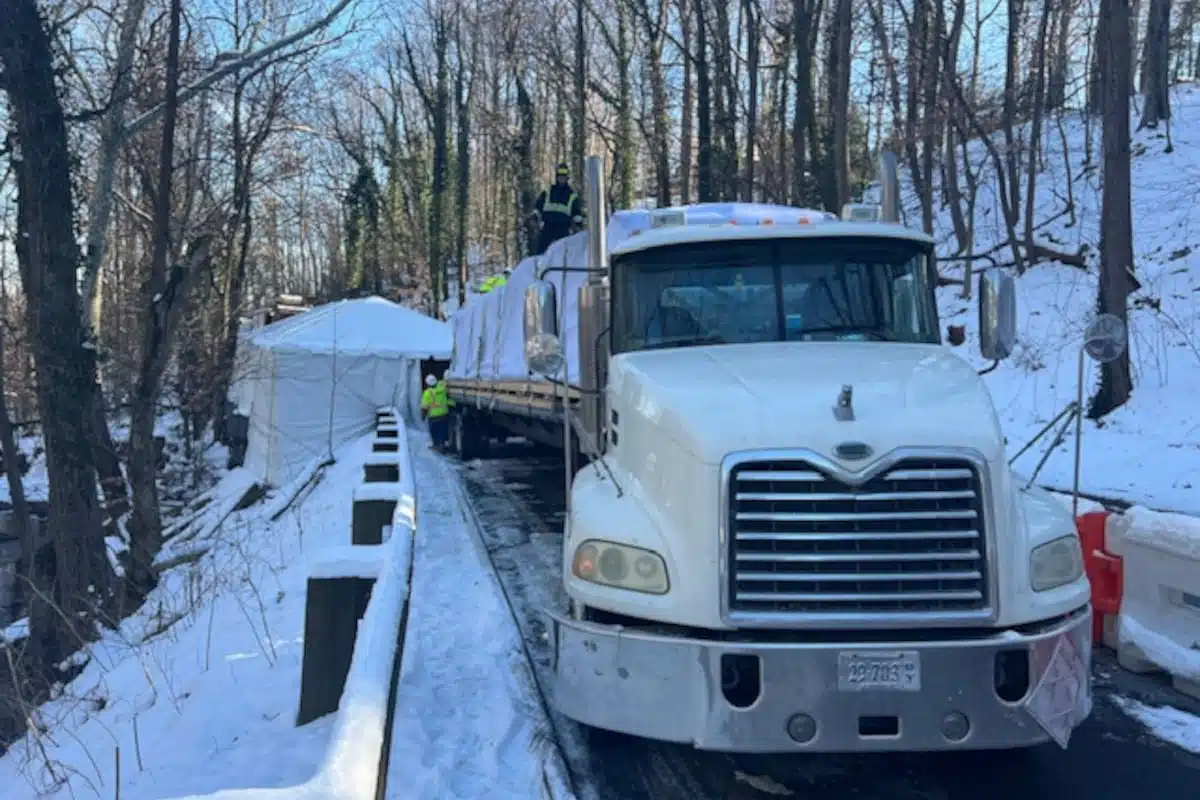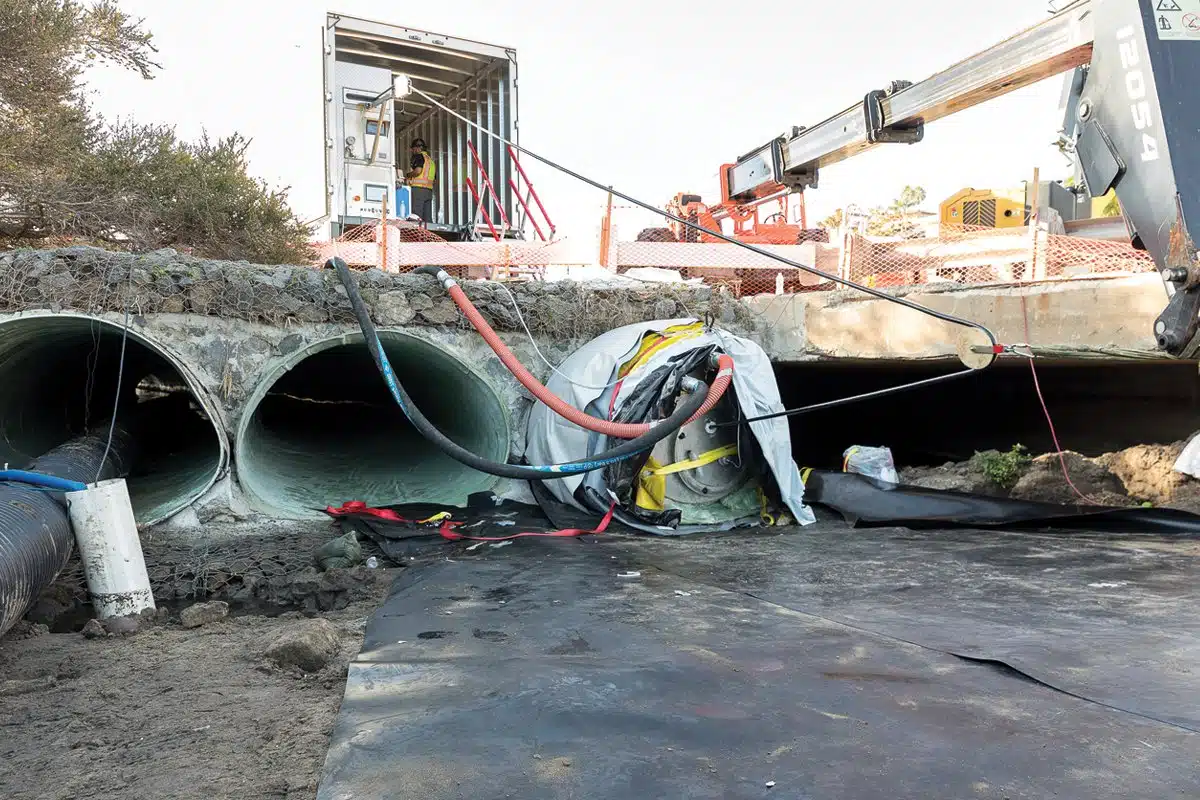
The Safety of CIPP
Cured-in-place pipe (CIPP) is the most popular and widely-used method of pipe repair for sanitary and storm sewer systems and its use on pressure pipe systems is also on the rise.
In 2016, researchers at Purdue University began investigating emissions at steam-cured CIPP sites to test what chemicals are present at these emission sites. The results were published in July 2017 and it called into question the safety to workers and the general public nearby CIPP sites. The results, which called into question what many in the industry believe a safe process, has prompted a swift industry response.
In August, almost a month after the Purdue study was published, NASSCO issued a statement on behalf of the industry. The statement called into question the accuracy of the findings and the organization also invited Dr. Andrew Whelton, associate professor of civil engineering at Purdue who published the report to discuss the findings.
Follow this link to read the Purdue report and stay updated about Whelton’s studies.
Part of the statement reads: “As a standards leader in the industry, NASSCO, on behalf of its members, hereby puts in motion the review of all available industry data and, further, will pursue the preparation of an independent study and research program that will be properly peer reviewed to challenge and/or confirm the information developed and published previously. To ensure objectivity in data collection, evaluation and conclusions, we suggest a study be conducted by a third-party group consisting of a professional testing company in conjunction with an institution of higher learning that has a background and experience in CIPP technology.
We also continue to welcome a meeting with Dr. Whelton and his team to discuss the technology and what additional enhanced safety requirements and enforcement recommendations should be recommended for the CIPP industry if these concerns are confirmed through peer review.”
RELATED: NASSCO Responds to Purdue University’s Findings on CIPP
So what effect will this have on the industry?
We asked the respondents to our pipe relining market overview story to briefly offer their thoughts on this topic.
RELATED: Relining Market Overview: CIPP Still the Relining Leader
GIL CARROLL: First of all, the health and well-being of our industry’s workers as well as that of the general public should always be first and foremost. My experience over the past 25-plus years in being in and working with people around the globe who have literally been in the field handling resin for CIPP installations is this: I’m not aware of a significant health issue that was directly correlated to the use of styrenated resins in the CIPP process. If there had been, I’m sure our industry would have reacted to it well before the Purdue study. So, before making a judgment on this report, I would like to better understand if and how they conducted a baseline study, if and how they worked with industry leaders such as NASSCO, NASTT and NUCA to benefit from their years of collective studies and experience with this topic, and just have a better, overall understanding of Purdue’s methodology. I do not believe there should be an immediate effect on our industry without deeper understanding of the report and vetting by industry leadership. I believe it is premature to react to this report by Purdue University without further vetting. But regardless of the report, the safety of our workers and communities must always the number one priority in all aspects of the CIPP process, period.
JOHN MATTHEWS: This study has already had an effect in that it had led to many discussions about proper CIPP practices and also the validity of the study itself. A comparable study using industry recommended techniques needs to be conducted to determine whether the Purdue results are to be expected when following industry recommended practices.

LYNN OSBORN: One effect is the reinforcement of good jobsite housekeeping practices and proper installation practices. Part of the report addresses styrene, a chemical used on many CIPP projects, and a lot of the issues Purdue found with styrene [in previous reports] had to do with bad jobsite housekeeping practices. Part of our plan is to work with an environmental firm and possibly a university to visit CIPP jobsites and confirm or refute, whichever is proper, the presence and the source of where these organic chemicals are coming from and any environmental or health effects of these chemicals, if they are present. If there is a problem, the CIPP industry wants to – and should address it. The paper in July was more focused on steam-cured CIPP, and we will definitely focus on that, but eventually we may also look at water-cure and UV-cure processes as well. NASSCO would like to work with Dr. Whelton because public and worker safety are of the utmost importance to NASSCO.




